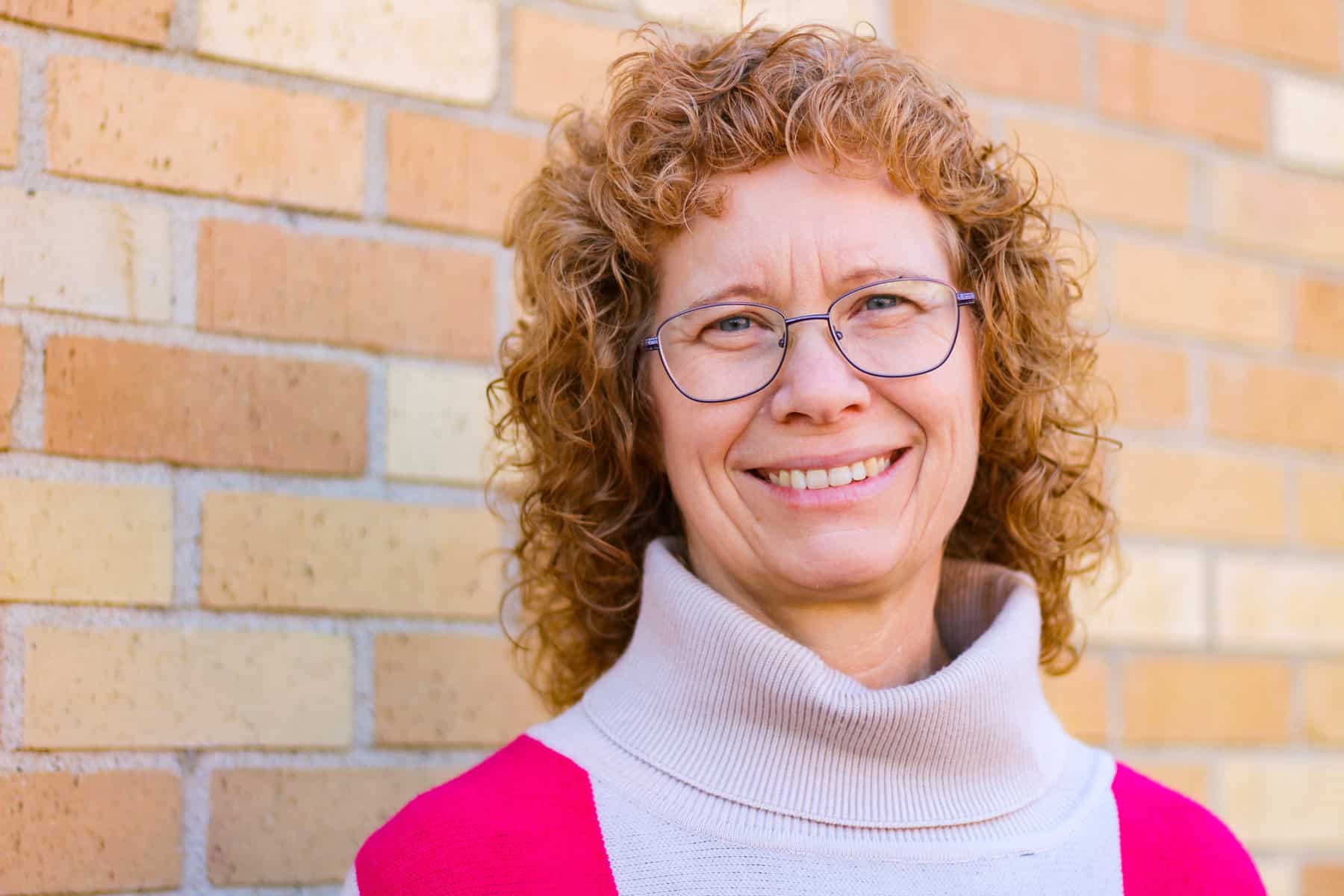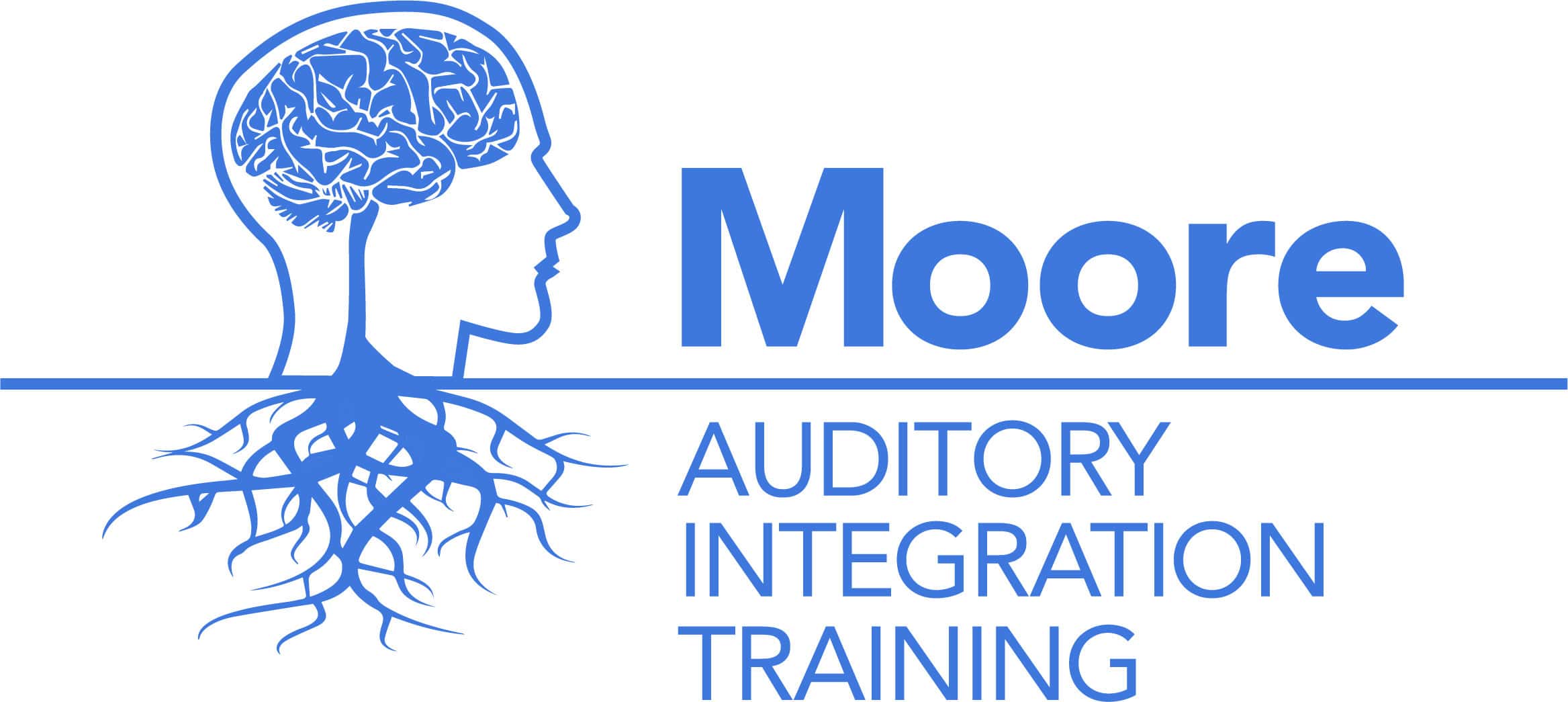Meet Cheri
Cheri’s Journey into Auditory Integration Training.
My search for answers began while teaching early intervention in the 1990’s; all my preschool students struggled with both expressive speech and fine motor difficulties. I wondered, “What is the connection between speech and fine motor?” As an undergraduate special education student at Memphis State University, I learned from one of my professors known for development of preschool assessment tools. I saw firsthand the negative effects of medical difficulties on development in babies and preschoolers. In awe, I saw these little ones catch up and sometimes even surpass expectations after direct intervention. Equally important were my interactions with families as I witnessed an increase in positive interactions with their child. In hindsight, I believe this is when I became an advocate for parents and struggling learners of any age.
Later, my experiences as a teacher and a mother led to a journey of self-discovery. My training as a special education teacher failed to fully prepare me to help my own children overcome their learning challenges. Testing provided a diagnosis, which then helped me realize they both needed help improving their auditory processing skills. Later, I realized they also struggled with different types of visual processing difficulties. Now I understood why they struggled despite their intelligence.
My resolve to find answers led to changes that awe me to this day. As I helped countless other families, my questions prompted me to complete my master’s program with a focus in family intervention. After much research, I was able to finally answer the question, “What is the connection between speech and fine motor?” The answer is auditory-visual integration.

It's a TEAM effort!
Cheri Moore, Ed.S., LMSW, Educational Specialist, Licensed Master of Social Worker under supervision towards LCSW, Certified Auditory Integration Trainer
Collaborating with:
- Therapists, Teachers, & Professionals
- Ear, Nose and Throat Specialists
- Audiologists
- Developmental Optometrists
- Neuro-Optometric Rehabilitation Optometrists
Auditory Integration Training Certifications
From 2010-2013, I earned my certification as an In-Home Berard-Based Auditory Integration Trainer. During that time, I studied and figured out how to screen for visual processing difficulties with the help of optometrist specializing in vision therapy. When a few clients regressed after auditory integration training, I collaborated with audiologist to learn more about hidden hearing loss like central auditory processing deficits.
At the end of three years, I was thankful that my screening observation activities resulted in reliable referrals. Almost all visual processing evaluations from optometrists found visual processing concerns. And almost all hearing evaluations supported client’s complaints of sound intolerance. It was time for an online questionnaire.
Knowing there was so much more to understand, I stayed in contact with clients after completion of auditory integration training to learn more about their progress and areas of continuing difficulty. What I learned prompted me to earn my master in social work with a focus in research and family support. Upon graduation, I earned my certified in iLs Integrated Listening to provide clients with much needed emotional support.
Today, I continue to study, learn, and grow professionally striving to meet the unique needs of each client and to support their family.
Are you experiencing emotional distress due to difficulties listening with comprehension and remembering at home and away from home?
Schedule a FREE 15 minutes phone call
to share your story and learn how Cheri can help.
FDA Statement On AIT
"Auditory Integration Training remediates impairments in auditory discrimination (sound sensitivity and auditory distortion) associated with Autism, Learning Disabilities, and related disorders - ADD, ADHD, CAPD (Central Auditory Processing Deficits), SPD (Sensory Processing Disorder), Dyslexia."
Are you ready to complete the Moore Auditory-Visual Questionnaire?
Discover what questions to ask and what to observe during visual activities.
Complete questionnaire to receive your Auditory-Visual Report.
